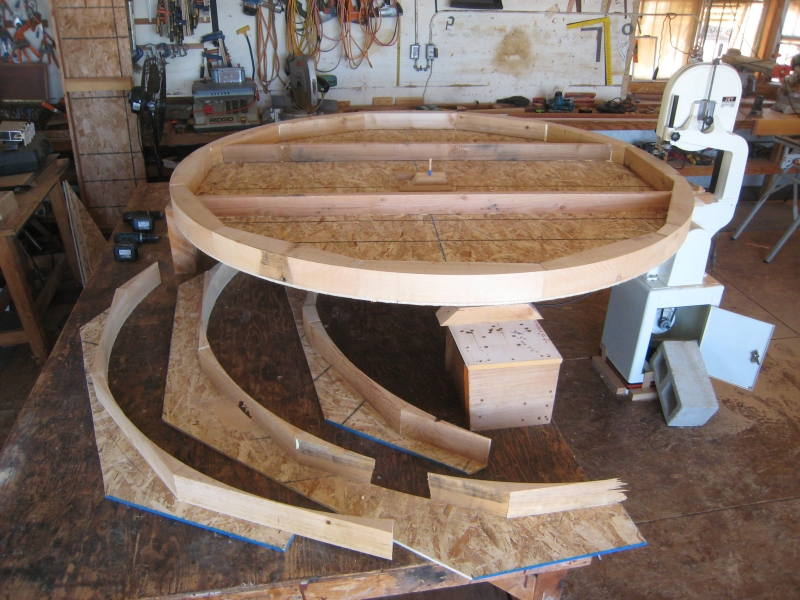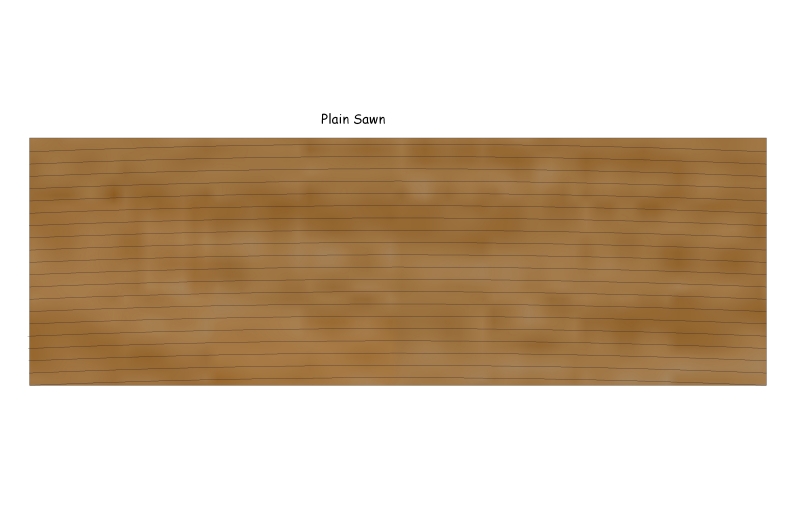Glue for Joining Handrail Pieces
Advice on getting a good solid joint when connecting handrail sections. May 12, 2008
Question
What is the best glue to use for joining handrail parts, easings, volutes, etc.? I've always used yellow glue, but it seems to fail if any pressure at all is applied.
Forum Responses
(Architectural Woodworking Forum)
From contributor J:
I use regular wood glue... usually Titebond 2 or Pro-bond. Never had a problem with a properly assembled, tight fitting joint. I assume you are using rail bolts... so make sure you are not squeezing out all the glue as you tighten the nut. That will starve the joint and it will fail because of the lack of glue. I usually use a standard rail bolt and drive a couple 4d finish, then nip the ends off just above the surface. The nipped nails keep the fittings aligned as I tighten the nut until the joint closes. Give it a 1/4 turn more and leave it alone... don't torque it down too tight.
From contributor H:
I have used Titebond yellow glue for many years without a problem. Be sure to apply glue to both parts. End grain is very absorbent. The rail bolt is the primary fastener holding the joint. Glue is secondary. And like contributor J said, don't squeeze it all out.
From contributor R:
I always use Titebond II - it's the best I've found for end grain to end grain gluing.
From Professor Gene Wengert, Sawing and Drying Forum technical advisor:
Almost all adhesives, especially TB and similar, will make a joint that is much stronger than the wood itself. So, if you have a failure, then you are not making the joint properly. Perhaps the wood is not active for gluing (water drop test will show this) because the saw heated the wood too hot or the surface is aged. Perhaps the surfaces are not just 20 minutes old, but have aged and changed MC, so they are no longer perfectly flat. Hard to say, but you really need to figure out what is wrong rather than trying a new adhesive.
From contributor I:
I scratch up the surface joints with an awl so that the glue doesn't all squeeze out. I think, however, you might make sure that all the newel posts are glued or bolted down and that all the balusters are as secure as you can possibly make them. I personally don't like surface-installed newel posts. I prefer to place them against risers or drop them through the floor if possible. Most problems associated with wiggly balustrades resulting in loose joints are a result of quickie installation. No amount of super-glue can fix that. Today's' smaller handrails and spindly posts and balusters don't help either. Newel posts used to be mortised and built into the whole stair structure, and handrail joints were always dowelled as well as glued and bolted (but that's another story).
From contributor A:
The key to a high quality handrail is that the fitting connection is a mechanical fastener such as a rail-bolt or Zip-bolt. LJ Smith publishes a great guide for installation of stair parts.
The comments below were added after this Forum discussion was archived as a Knowledge Base article (add your comment).
Comment from contributor E:
Yellow glue should be all you need and as someone said above, scratch up the surface of both the fitting and rail. I must admit I always torqued them up pretty good. In my opinion the rail bolt is securing the joint more than the glue.
Comment from contributor O:
There is hardware called Spring Bolt that has been working well for me in my stair shop. Tightbond II is the best glue to use. Not only is it strong but it does not clog sand paper.

